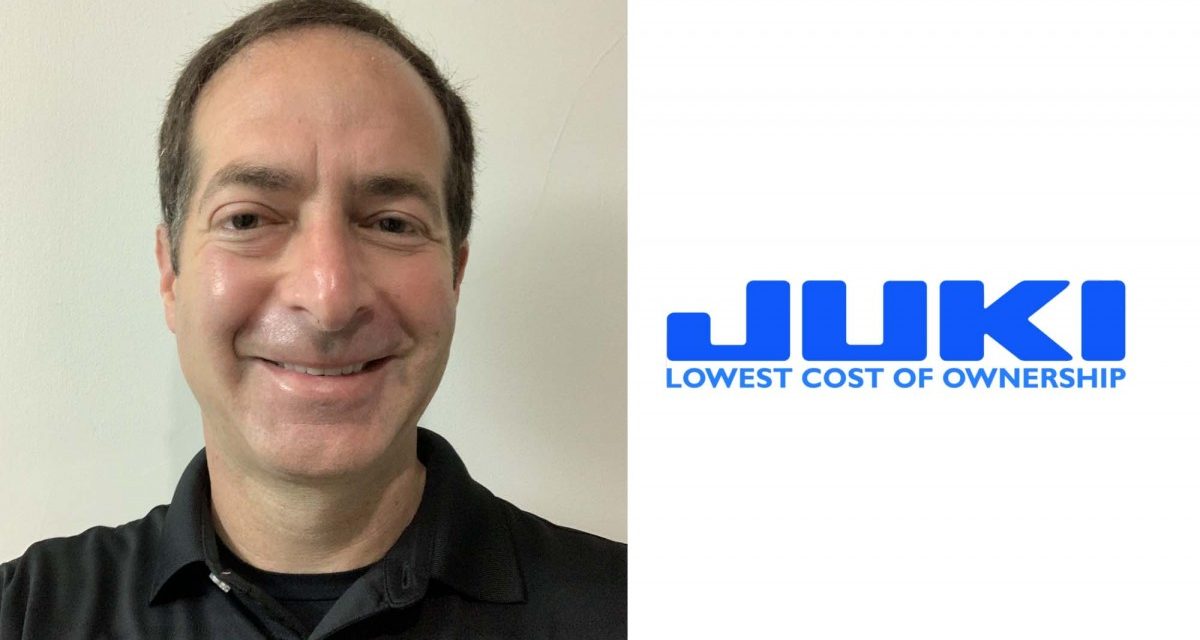The Connectivity Files – A Series of Six Interviews – Gerry Padnos, Juki Automation Systems Inc.

The connectivity debate rages on and with the addition of yet more standards it remains a major issue. It strikes at the foundation of the smart factory and is what Industry 4.0 is built upon. Machine to machine, machine to system and machine to operator communication are the starting point of the digital transformation of manufacturing and the key to the numerous benefits on offer.
Over the coming weeks, we’ll be publishing interviews conducted with experts involved in the deployment and development of smart factory solutions to get their view on the key issues surrounding connectivity. The fourth interview is with Gerry Padnos – Director of Technology at Juki Automation Systems Inc.
On the importance of connectivity for Industry 4.0 or IIoT
Gerry Padnos – Director of Technology at Juki Automation Systems Inc.: I think of Industry 4.0 as the USB of the manufacturing world. Everyone wants to just plug all their devices together and for them to all “just work” without a lot of hassles or frustrations. Having this simple interfacing and interoperability is going to be very important to achieve continuing efficiency and productivity improvements and reducing costs. It’s pretty clear to us that customers want to have this functionality, but it just hasn’t been available so far. We’ve recently seen a lot more pressure on manufacturers to provide simpler and better connectivity and I think that will continue.
What are the main issues or challenges associated with connectivity in our industry today?
Gerry Padnos: The biggest challenge is getting everyone working toward the same goal. In the absence of a good standard, many companies have made their own. Some of these companies are now reluctant to switch because what they’ve made is working. There’s also a big challenge with the number of older machines in use around the world. In some cases, upgrading these to use new technology is difficult, expensive, or just impossible. In the PC industry, we saw relatively fast adoption of new technologies like USB and HDMI, but you’re talking about a product with much lower price tag and typical life of 3-5 years. The machines used in the SMT industry are far more expensive and used for much longer so replacing equipment for Industry 4.0 compatible ones will take many years.
Explain your strategy to address these issues and challenges
Gerry Padnos: We always try to support different protocols and standards, but we have seen past attempts to make a standard fizzle out (CAMX). It’s hard to know what will happen with new standards like CFX and Hermes. Because of this, it’s difficult to justify big investments in software that may not ever be fully adopted. I’m sure most equipment manufacturers have the data available for CFX, but making the connection isn’t necessarily driving sales just yet. Rather than getting distracted from our main mission of building the highest quality machines, Juki has partnered with Cogiscan for many years. Since Cogiscan is a neutral third party and already has access to the required data for many machine manufacturers, it is just one more step for them to convert the data into CFX format. It’s easier and faster for everyone, which hopefully will help customers reap the benefits faster.
What is your perspective relative to new industry standards such as Hermes, CFX and others you are aware of?
Gerry Padnos: I think the concept of having easy interoperability is a great idea and I hope the new standards succeed and really become “standards”. Writing and approving a standard is one thing, but getting everyone to use it is another. There seems to be more excitement for the latest standards than we have seen in the past. This should be a good thing because if more users and manufacturers get on board, the adoption will be better and faster. The investments some companies have made in other technology could be a roadblock, but if enough companies get on board, it will just be a matter of time for everyone to switch over.
Previously in this series:










